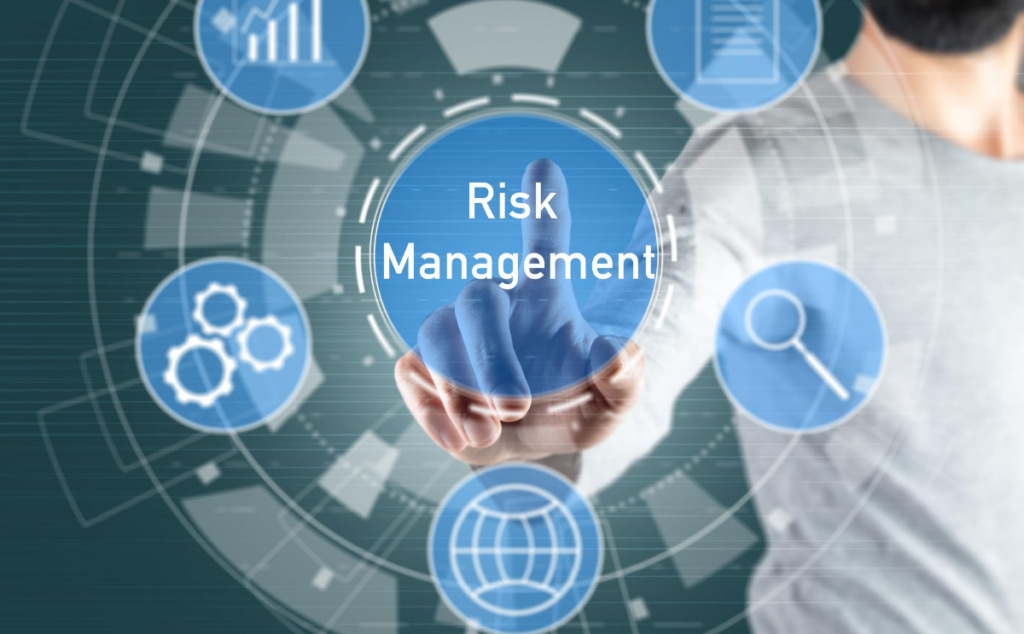Table of Contents
ToggleBusinesses hire certified project managers who are good at managing risks in a project. To succeed in completing a project with 100% efficacy, you need to be prepared for forthcoming risks. Big firms look for candidates with hands-on experience in effectively handling and managing risks.
About 62% of companies have experienced a serious risk incident in the previous three years. These stats highlight the importance of adding proper risk management to your company’s workflow. Hiring a project manager with impressive risk management skills can take the firm one step closer to success.
What is Risk Management?
The process of locating, evaluating, and addressing possible risks or uncertainties that could compromise a project’s ability to be completed successfully is known as risk management in project management. It involves methodically identifying and responding to potential dangers and incidents to minimize adverse effects on project goals. Properly managing risks in a project leads to maximizing beneficial outcomes for enterprises across sectors.
Risk Mitigation Techniques in Project Management
You should know the major steps and strategies that help in timely risk detection, which can further assist in resolving the issue. Here is a detailed overview of how you can be more efficient in risk management:
1. Identify the Risk- You should start by identifying potential risks that could influence the project’s goals. Techniques including brainstorming, checklists, historical data analysis, expert judgment, and stakeholder engagements can be used to accomplish this. A risk register or risk log should contain any hazards that have been discovered, together with pertinent information, including the risk description, potential sources, prospective repercussions, and any preliminary assessments of their likelihood and seriousness.
2. Risk Analysis- Once you have identified the risk and have gathered all the resources, the next step involves analyzing its potential and the amount of damage it can cause. This involves two major aspects:
- Qualitative analysis involves classifying the risks qualitatively.
- Quantitative analysis assigns numeric values to risks, like determining their probability and impact.
3. Risk Evaluation- The major step includes prioritizing risks according to their probability of occurrence and potential damages. You should prioritize their resolution based on which risk is likely to occur first. Another step here is to categorize the risks based on their nature, like external risk, technical risk, etc. You can learn to evaluate risks more comprehensively through Risk Management training courses.
4. Risk Resource Planning- You can devise strategies to lessen the chance or effect of recognized hazards, which is done as part of mitigation strategies. Process improvements, redundancy planning, risk avoidance, and preventative measures are examples of mitigation strategies. You can outsource some project activities or use insurance policies to transfer some risks to third parties. Finally, acceptance plans are implemented for risks with lesser severity or those that cannot be adequately reduced or transferred. If these hazards manifest, contingency plans and fallback measures may be created to address them.
5. Risk Monitoring- Once you have devised all the strategies and employed them to manage the risk, the next step involves monitoring your plan and checking if the risk is still harmful to the organization or project. This can be done through regular assessment and trigger identification. Regular assessment involves identifying risks and their status to monitor your project’s progress. Trigger indicators will ensure you are alerted on time about the risk factors, which will eventually enable you to inform the stakeholders.
6. Risk Control- When risks occur, the necessary steps are taken to minimize or limit their effect on the project. The step will allow you to put emergency measures into action, turn on risk mitigation techniques, or make necessary adjustments to project plans. Our training course on risk management has modules that profoundly teach you about risk control.
7. Communication- Activities related to risk management, such as risk identification, analysis, reaction plans, and their execution, should be meticulously documented. Maintaining transparency and promoting well-informed decision-making requires the timely and accurate dissemination of risks and their status to the pertinent parties.
Conclusion
Risk management is a highly sought skill in the market of project management. We at Spoclearn offer well-crafted and carefully designed Project Management courses such as PMP Exam Prep Training, Project Management Fundamentals, and PRINCE2 Certification Training that extensively cover Risk Management topics in a project context that enables individuals and enterprise teams to understand risk management completely. Our Project Management courses are taught by industry experts with years of real-life project and risk management experience in their respective domains.
